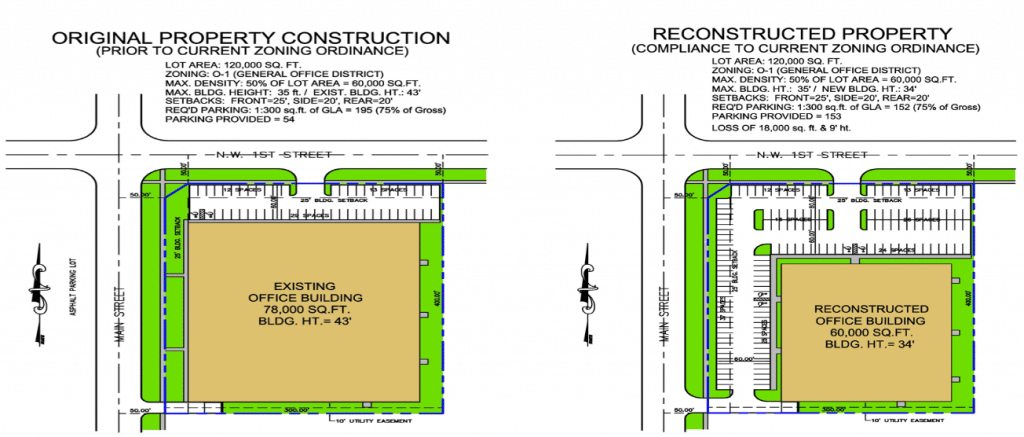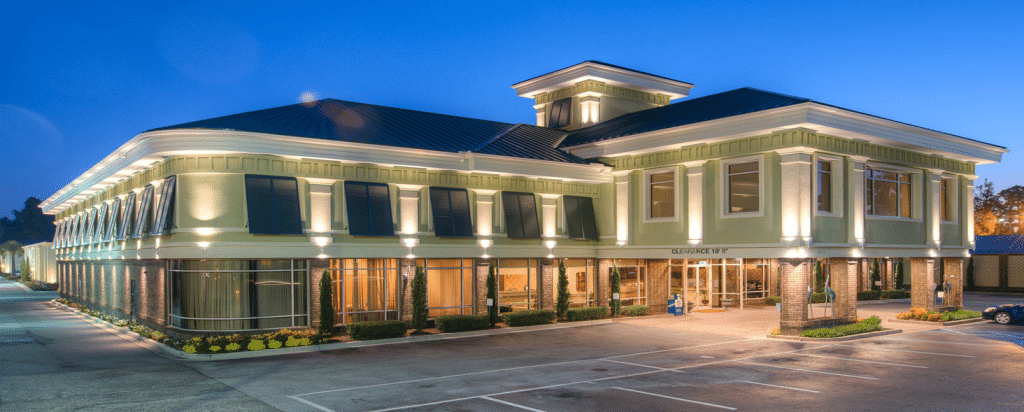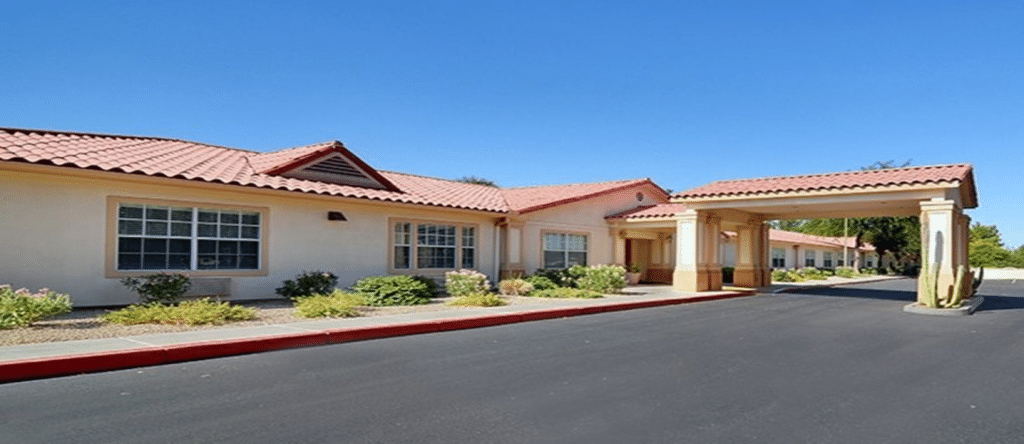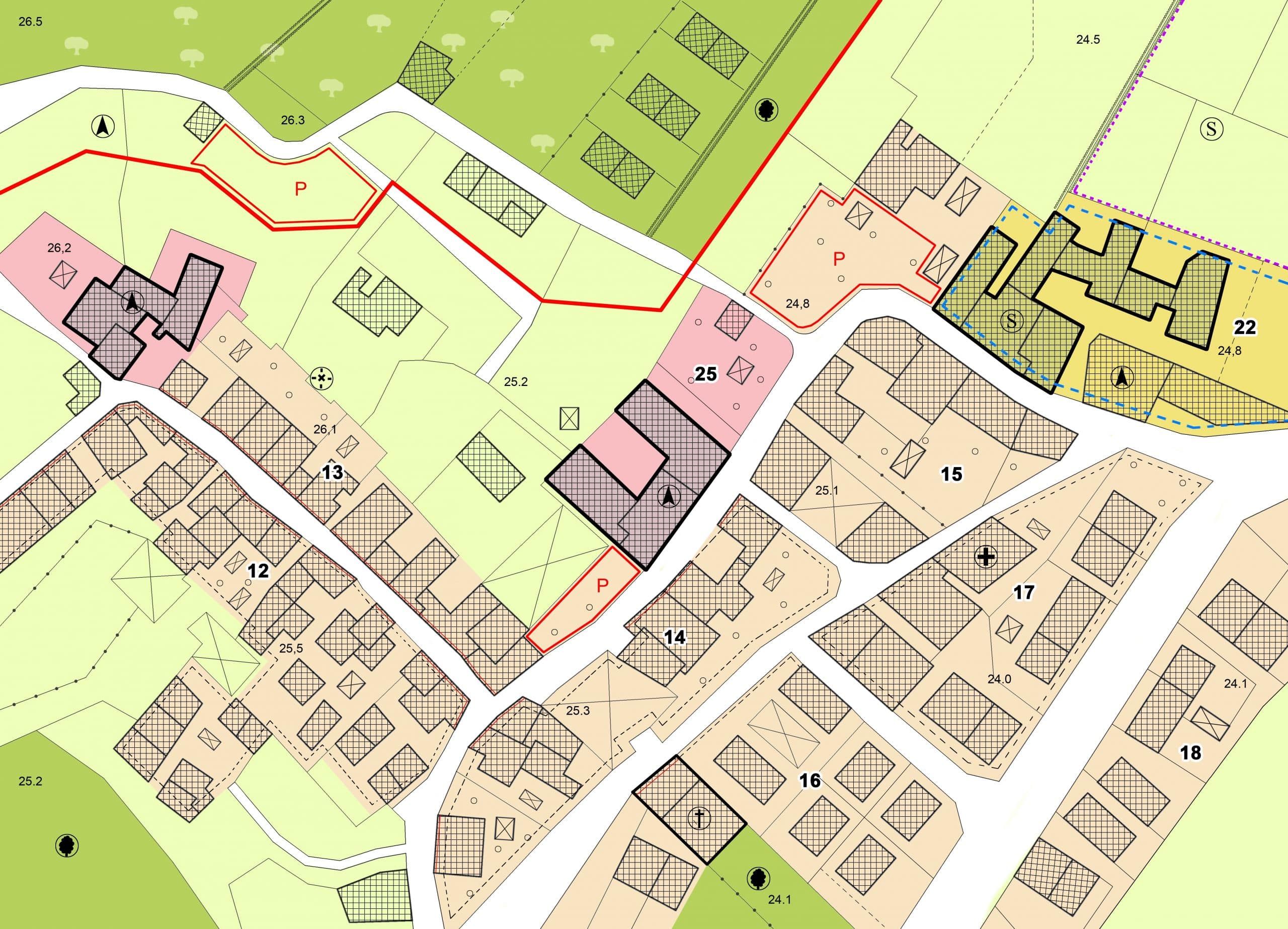Understanding zoning conformity is essential for keeping deals on track.
- Zoning challenges can make a commercial real estate deal difficult or impossible to close.
- All parties involved in a deal need detailed information about conformance to resolve or avoid potential problems.
- Real estate professionals can close deals and make smarter decisions with PZR’s zoning data reports.
Zoning regulations establish what can or cannot be built or rebuilt on a parcel of land based on the local government’s responsibility to protect the public welfare by limiting how private property can be used. It’s crucial for all parties involved in a commercial real estate project—title companies, underwriters, lenders, brokers, attorneys, and developers—to understand the impact zoning has on a site if they hope to avoid or solve problems.
What are the 3 types of zoning conformance statuses?
There are three types of zoning conformance statuses: Legal conforming, which is an existing development lawfully constructed that meets the current code standards; legally non-conforming, an existing development lawfully constructed of which some aspect no longer conforms to code standards; and non-conforming or non-complying, an existing development of which some element isn’t legally permitted.
Four zoning conformance situations that could hamper or kill a potential deal:
Zoning Challenge #1: Legally nonconforming to building height, density and parking
This office building was legally constructed under zoning requirements at the time of development, but no longer complies with current zoning regulation codes. It was originally 43 feet tall, with 78,000 square feet on a 120,000 square-foot parcel, and was required to provide 54 parking spaces. However, because of new zoning ordinances and code requirements, the owner couldn’t rebuild the property the same way—rebuildability provisions would greatly change what could be reconstructed. Under current codes, if this structure were built today, it would have to be much smaller, with the floor area reduced by about 18,000 square feet. The building height would be nine feet shorter than originally constructed, and the property would require 99 more parking spaces. This would impact the necessary zoning endorsements, and the amount of law and ordinance coverage needed might affect the loan terms.

Zoning Challenge #2: Nonconforming/noncomplying to density and open space
This multifamily property site in Georgia complied with current zoning code requirements when it was constructed, but no longer does so because of actions taken by the property owner. The property was approved and developed on 30 acres, but the owner sold 10 acres of unimproved land, which caused density, open space, and landscaping problems that can’t be easily solved. The site does not have the benefit of current rebuildability provisions.
If the property were rebuilt, complying with current zoning codes would require a significant loss of usable space, potentially killing any deal. Zoning endorsements would be complex, if not impossible, to get, and most lenders would retrace their steps on the loan and take a hard look at the site’s value from a loan perspective.

Zoning Challenge #3: Nonconforming/noncomplying to parking
This Michigan resort hotel was approved with parking to be constructed on an adjoining lot owned by the hotel. However, it never built the spaces, and the city never noticed. The property received the correct certificate of occupancy, and the subsequent owner later sold the land, including what was supposed to be available for parking. This is a possible deal killer. There’s no simple solution if the property is damaged or destroyed, and there’s no way to provide the missing parking. Situations like this can delay the closing of almost any type of loan.

Zoning Challenge #4: Nonconforming/noncomplying to density (number of beds permitted)
This assisted living center in Arizona is an example of a nonconforming, noncomplying property. It was originally approved for 85 beds, and the city issued the certificate of occupancy accordingly. However, today, the property operates 95 beds. The conversion of extra space was never approved, and there was no evidence of entitlements or variances permitting the additional beds. This would pose a problem should the property need to be rebuilt, because there would be no simple way to replace the ten additional beds. Obtaining property permits from the city would be costly and time-consuming and could stall or delay the closure of a loan.

PZR’s in-depth zoning reports can help real estate professionals manage these and other types of zoning conformance problems. LightBox PZR is the oldest zoning company and advisory firm in the U.S. and has been established as the gold standard in the zoning due diligence industry. Our only business is providing reliable site zoning analysis and compliance reviews, so we are uniquely positioned to help you navigate the challenges of zoning conformance and due diligence.
PZRTM has deep ties to 99 percent of municipalities in the U.S. and can quickly provide information needed by title companies that is consistent and reliable in format and facilitates the issuance of zoning endorsements. Watch our latest webinar for more information about how PZR can help you close deals and make smarter business decisions or contact your representative to learn more.
